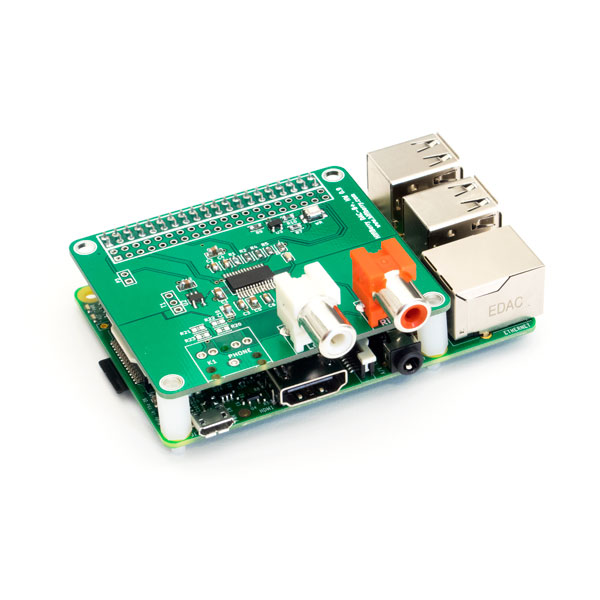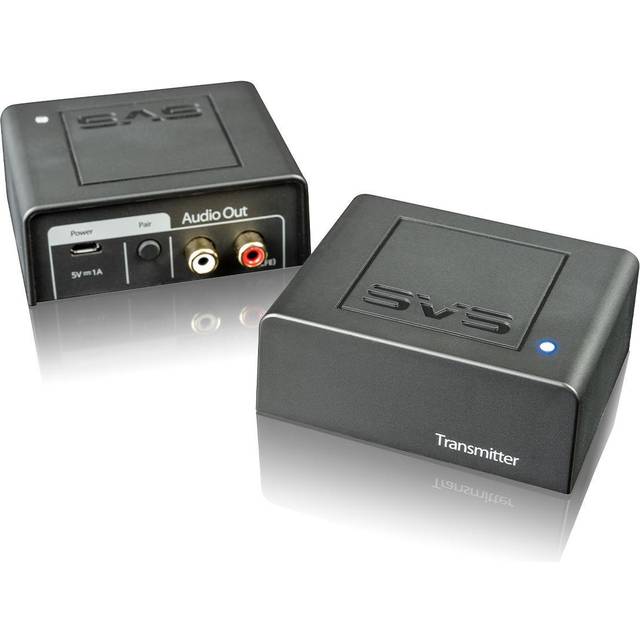How I listen to music at home
We listen to a lot of music in our family, and I like to be able to listen to music where ever I am in the house. I prefer listening to music on a real stereo system, rather than on headphones and I really like listening on traditional hi-fi equipment. So, we have a stereo system in the living room, in the kitchen, in our office/bedroom, and in our basement multi-purpose room.
Streaming
Except for the living room amplifier, which is the most modern and has a USB input, the other amplifiers just have traditional analog inputs.
For each of the systems, I have a Raspberry Pi connected. For the three systems with analog inputs, the Pis are equipped with a relatively inexpensive HiFiBerry DAC+ sound card.
For software, I use Shairport Sync which is an open source implementation of Apple’s AirPlay protocol and that supports AirPlay 2. This means that we can stream music simultaneously to two or more of the systems in the house.
My experience is that Shairport Sync works the best if the Raspberry Pi is connected with an Ethernet cable, rather than using WiFi. However, we don’t have an ethernet outlet in the kitchen, so the compromise is that I use a powerline adapter to connect it to$ the network. This works better than WiFi, but not as well as the direct Ethernet connection to the three other systems.

Playing records
We also have a record player in the living room. But I actually mostly listen to records in the kitchen when I am cooking dinner or doing the dishes. It would be too difficult to pull a cable from the living room to the kitchen, so instead I use a SVS SoundPath wireless audio transmitter and receiver. I’ve connected the SoundPath between the phono preamp and the living room amplifier so all signal from the record player is transmitted wirelessly to the kitchen, while the rest of the family still can use the living room system for, e.g., sound on the TV. The SoundPath is a bit expensive, but works quite well with very low latency. It is a bit susceptible to human bodies blocking the signal path, but that’s only really a problem if we have a lot of people in the house.

Playing CDs
We haven’t played CDs for a very long time, but we do have a CD player both in the kitchen and in the living room. The drives in both CD players broke years ago, but we just recently had to replace the integrated CD-player and preamp in the living room, so now we have a working CD player again. We’ve dug out some of our favorite CDs from the basement, and are enjoying to listening to them again. My son who collects old Nintendo games has a couple of games with the soundtrack on CD, so he has also been enjoying listening to those.
Scrobbling
I have been using last.fm to scrobble music for over twenty years (!). When streaming, scrobbling happens automatically, but when I listen to records I use Vinyl Scrobbler and Open Scrobbler for CDs. You can find me on last.fm as clemensklokmose.